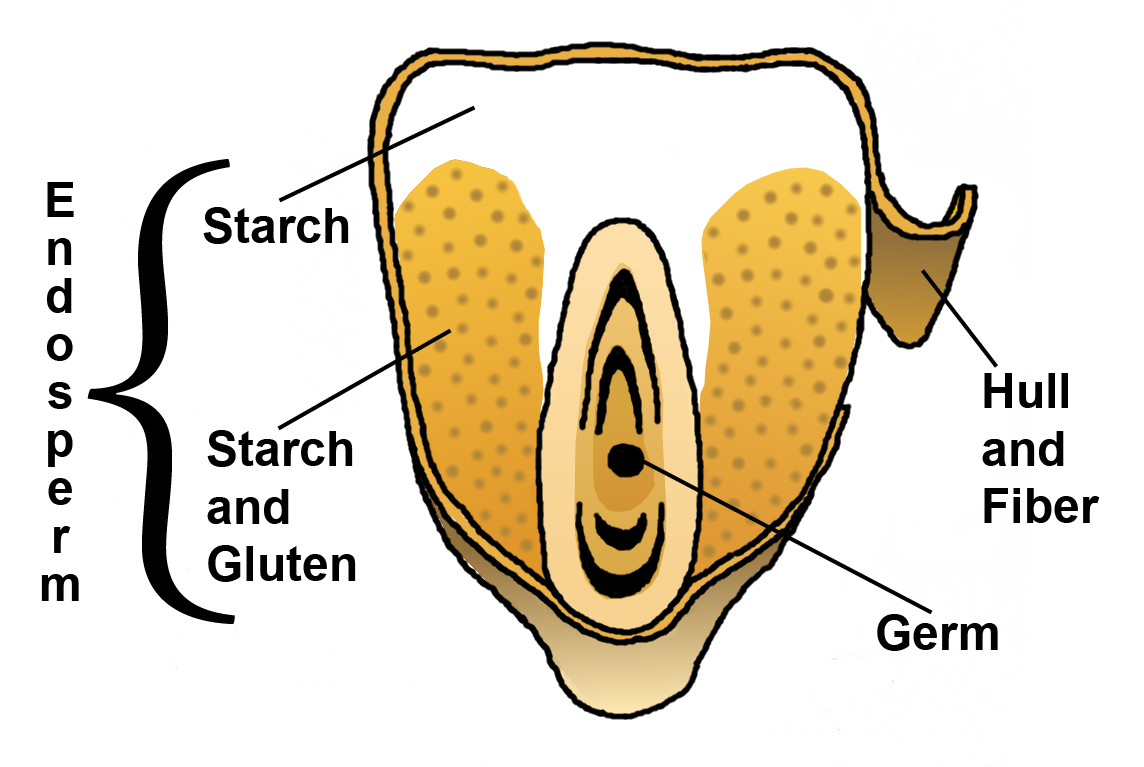So which companies sell GMO seeds and seedlings? Which companies get seeds from Monsanto and its subsidiaries? Who is truly organic as far as seed production? All of these questions are linked together and so I am going to take some time to list many of the commonly known and not so commonly known seed distributors and what I know. I will also include links to their statements where I have found them. Note: these are going to be for American companies but if anyone wants me to investigate another country just drop me an email or message from the side bar.
 |
| Some of my garden plants |
BE SURE TO READ THIS!
One thing I must say is that there have been a lot of ill rumors about seed companies buy from or being owned by Monsanto. Most of this is related to one source. Monsanto purchased a company called Seminis. Traditionally, Seminis was the source for many companies for award winning seeds of several varieties. Despite the purchase of this company by Monsanto the seeds produced and the production of those seeds has not changed with their purchase by Monsanto. When reading about the companies if you see "Monsanto Subsidiary" this is almost ALWAYS a reference to some seeds coming from Seminis and related to a long standing partnership between Seminis and the seed company prior to the Monsanto buy out. The same looks to be true for De Ruiter as well.
More info here. (Pay close attention to statements about to whom Monsanto sells GMO seeds)
HELPFUL INFORMATION: USDA Organic Certification Standards and Process
The Safe Seed Pledge, What is that?
This is a non-enforced (to my knowledge) pledge that a company signs stating it will not knowingly sell GMO products. More info here.
***************************************************
Burpee : Probably the most widely known seed company. For 135 years Burpee has been producing seeds, cultivars and plants for the American public.
Verdict: No GMO seeds, does purchase from a Monsanto subsidiary but these are NOT GMO. : Burpee's Statement on the subject
Cooks Garden : This company has a nice, wide variety of seeds and seedlings. I have ordered from here before and gotten beautiful, healthy seedlings.
Verdict: Owned by Burpee, so see above.
Seeds of Change: This is my seed and seedling seller of choice as they carry many heirloom varieties and some plants and seeds you can't get elsewhere. The downside is their stock sells out fast so if you don't plan early in the year what you want may not be available.
Verdict: Registered Organic. SoC seed source statement
Sylvania Natives :This is a nursery in Pittsburgh, PA that specializes in growing and selling native flower, tree and food plants.
Verdict: I know the owner personally. She collects all her seeds from her own stock or wild resources. I will personally vouch for the owner... but here is her statement too.
Johnny's Selected Seeds : I have never personally ordered from this company but I know others who have. They seem to have a nice variety of items and include heirlooms. The nice thing I see is that this is an employee owned company.
Verdict: They are Certified Organic by the Maine Organic Farmers and Gardeners Association. Find Johnny's Seed info here MOFGA stadards for certification of organics is here.
Gurnsey's Seed and Nursery Co.: I have never ordered from this company and do not know anyone who has. They seem to have a beautiful catalog.
Verdict: I couldn't find any information on their seed sources or practices. If anyone has these from reliable sources please contact me and I will update this.
Jung: Like Burpee, this company has been operating in the US for a long time and is sort of a traditional source of seeds. They are a family owned and operated company.
Verdict: No GMO seeds, does purchase from Monsanto Subsidiary. You can see their very open product statement here:
Park Seeds I have never ordered from this company but have seen several good reviews of their product.
Verdict: No GMO seeds. Does purchase from Monsanto subsidiary. See their statement.
Baker Creek Heirloom Seeds: I had never heard of this company until I started researching for this question. They seem to have a beautiful selection of products.
Verdict: Statement to not knowingly purchase GMO or treated seeds. They also seem to encourage contact if you have any further questions about their policies.
FedCo Co-op Gardening Supplies This company promotes seed saving, GMO labeling and is also assocaited with MOFGA (See Johnny's Seeds for more info). See their statements on the Seed Links on the Left hand side.
High Mowing Organic Seeds: Another of those companies I have discovered via this list.
Verdict: Certified Organic by Vermont Organic Farmers. Statements, certificate and link to VOF standards here
John Scheepers Kitchen Garden Seeds I know people who have had success with items purchased from this company.
Verdict: Associated with Van Engelen Inc but I can't seem to find anything about seed quality or sources.
Nichols Garden Nursery: Has seeds, plants and lots of other things for sale.
Verdict: Associated with the Safe Seed Pledge.
Grow Organic: This seed company I have no experience with. Again, another I found through this research. They look to have a nice variety. They also have a lot of useful information on their site about gardening and farming.
Verdict: Safe Seed Pledge and USDA certified organic. See the left side bar on this page
Renee's Garden Another company I found that I never knew about. Nice variety and they support school agriculture which is awesome.
Verdict: USDA Certified Organic
Seed Savers Exchange. I knew about this but had never looked into it before. I have also heard good things about this organization.
Verdict: Heirloom preserving organization. Go all the way to the bottom of their site and you will see "Untreated Seed Statement" there for more information.
Territorial Seed Company: Good variety. Seems to have some great garden tutorial videos. Nice garden planner software too.
Verdict: The third from the bottom FAQ addresses some of the ideas. The claims are ambiguous and I want to look farther into this but haven't found any other information.
Tomato Growers Supply Company Specialty company for.. you guessed it tomatoes.
Verdict: Possible association with Monsanto subsidiary but I couldn't find a reliable source and they have no information about it on their site.
Wild Seed Farms: I have gotten some pretty awesome wildflower seed mixes from here. They sell other seeds as well.
Verdict: Though I have seen some third party sites claim they have taken the Safe Seed Pledge I can't find anything on their site about it.
Virtual Farms Seed Company: I never knew this company existed though they seem to focus on heirlooms.
Verdict: Has taken the Safe Seed Pledge
*************************************************
This is by no means an exhaustive list so if you are curious about a company I have not listed feel free to contact me with the company name. The easiest way to do this on your own is... either look through the company's site. Most will have badges and statements from the owner. If you are still concerned, use their contact information to ask questions, email or phone or snail mail. If the farm is local, many seed farms will offer tours or visitation to their farms. The resources are there to find out this information on any company, nursery or organization that sells plants and seeds for food and garden.













_and_4s_(color)_Electron_Clouds.jpg)


